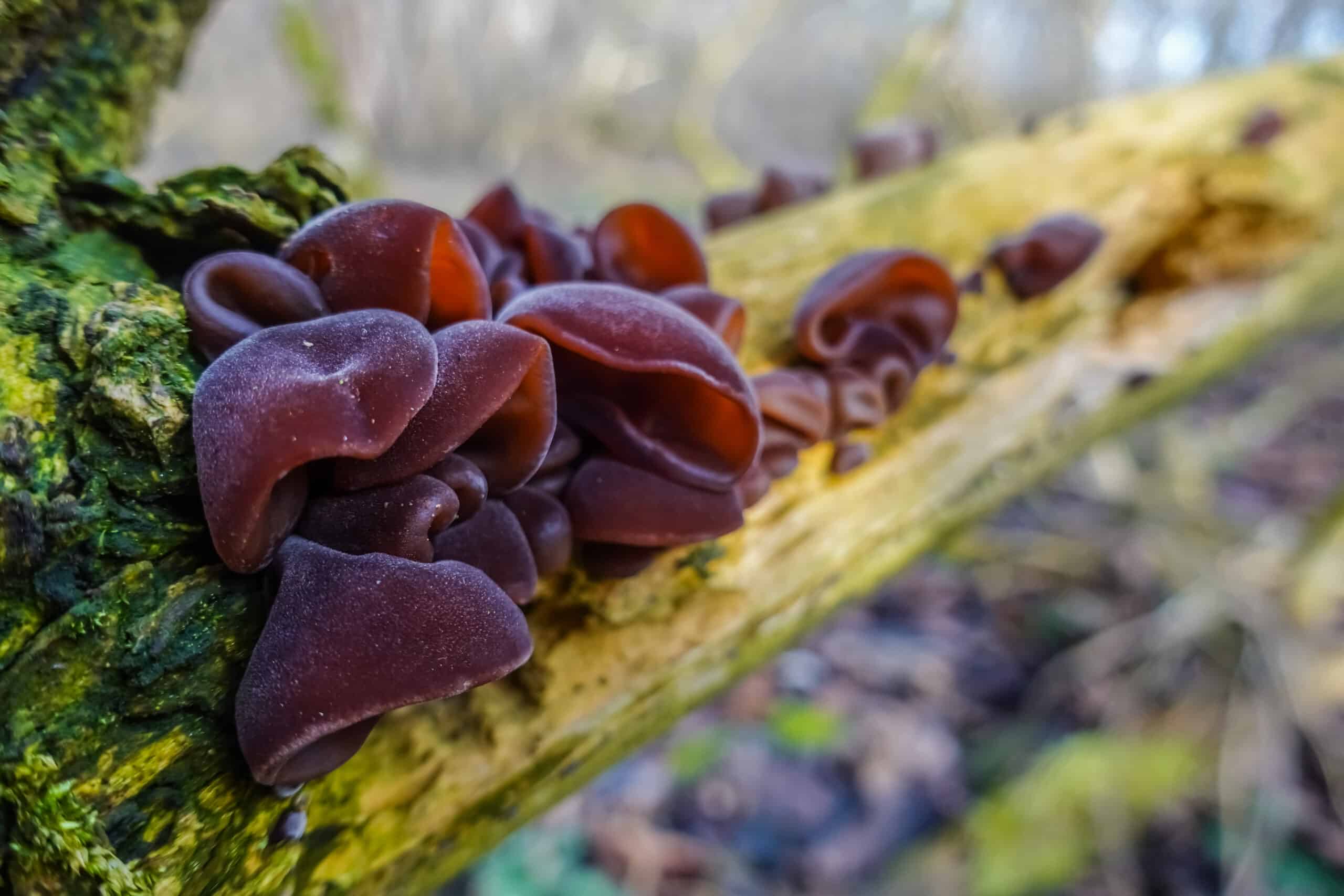Why is Chicken of the Woods Hard to Grow?
Key Takeaways
- Chicken of the Woods mushrooms thrive on decaying hardwood trees, making the availability of suitable hardwood trees a challenge for growers.
- Maintaining the ideal temperature and humidity conditions, ranging from 65 to 75 degrees Fahrenheit and 80% to 90% humidity, can be difficult for successful cultivation.
- The choice of substrate, such as oak logs or other hardwood substrates, is crucial for the successful cultivation of Chicken of the Woods mushrooms.
Chicken of the Woods mushrooms, scientifically known as Laetiporus, are a popular choice among mushroom enthusiasts for their meaty texture and unique flavor. However, cultivating these mushrooms can be a challenging endeavor. In this article, we will explore the reasons why growing Chicken of the Woods can be difficult and discuss the various factors that contribute to their cultivation challenges.
Challenges in Growing Chicken of the Woods
While Chicken of the Woods mushrooms are highly sought after for their culinary value, several factors make their cultivation challenging. Let’s take a closer look at these challenges:
1. Suitable Environment
Chicken of the Woods mushrooms thrive in a particular environment, typically on decaying hardwood trees. The availability of suitable hardwood trees can pose a challenge for growers, especially in areas where such trees are scarce. Without the presence of decaying hardwood, the mushrooms may not grow or may not produce a desirable yield.
2. Temperature and Humidity
Creating the ideal temperature and humidity conditions is crucial for successful cultivation. Chicken of the Woods mushrooms prefer temperatures ranging from 65 to 75 degrees Fahrenheit (18 to 24 degrees Celsius). Maintaining stable temperature levels within this range can be difficult, especially in regions with extreme weather conditions.
Additionally, high humidity levels of around 80% to 90% are essential to promote mushroom growth. Achieving and maintaining the required humidity levels can be challenging, especially in drier climates.
3. Substrate Selection
The choice of substrate is crucial for the successful cultivation of Chicken of the Woods mushrooms. These mushrooms typically grow on oak logs, but they can also thrive on other hardwood substrates like corn cobs or wheat straw. Finding suitable substrates and ensuring their availability can be a significant challenge for growers.
4. Spawn Quality
The quality of mushroom spawn, which is the mycelium used to colonize the substrate, plays a vital role in the cultivation process. Obtaining high-quality spawn from reputable suppliers is crucial for successful mushroom cultivation. However, finding reliable suppliers can be challenging, and using subpar spawn can lead to contamination, slow growth, or low yields.
5. Maintenance and Monitoring
Once the substrate is inoculated with spawn, regular maintenance and monitoring are necessary. This includes ensuring the growing area is properly shaded, providing regular watering to maintain moisture levels, and protecting the mushrooms from pests and diseases. Neglecting these maintenance tasks can hinder the growth and development of the mushrooms.
6. Harvesting Techniques
Knowing when and how to harvest Chicken of the Woods mushrooms is crucial to maximize their flavor and quality. Harvesting should be done when the mushrooms are firm and brightly colored. Improper harvesting techniques can damage the mushrooms or result in a subpar yield.
Conclusion
Growing Chicken of the Woods mushrooms can be a challenging endeavor due to various factors. These challenges include creating a suitable environment with decaying hardwood trees, maintaining the right temperature and humidity levels, finding the proper substrate, using high-quality mushroom spawn, regular maintenance and monitoring, and employing proper harvesting techniques. Overcoming these challenges requires careful attention to detail, experience, and a deep understanding of the mushroom’s cultivation requirements.
Related Websites:
FAQs:
Q: What are the characteristics and culinary uses of chicken of the woods mushroom?
Chicken of the woods is a vibrant, orange-colored mushroom with a meaty texture and a mild, savory flavor. It is popular among foragers for its versatility in cooking, as it can be used as a meat substitute in various dishes like stir-fries, soups, and sandwiches.
Q: Can chicken of the woods be grown commercially?
Yes, chicken of the woods can be grown commercially. However, there are specific challenges associated with its cultivation, such as the need for a suitable habitat, specific tree species association, and providing the necessary environmental conditions.
Q: What are the factors influencing the difficulty of growing chicken of the woods?
The difficulty of growing chicken of the woods is influenced by its natural habitat requirements, specific environmental conditions necessary for successful cultivation, and its association with certain tree species. These factors must be carefully considered to achieve successful cultivation.
Q: What are the life cycle and growth patterns of chicken of the woods?
Chicken of the woods follows a typical mushroom life cycle, starting from spore germination, mycelium development, and subsequent fruiting. Factors such as temperature, humidity, and substrate composition can affect its growth and fruiting patterns.
Q: What are the pros and cons of natural vs. artificial cultivation methods for chicken of the woods?
Cultivating chicken of the woods in its natural habitat allows it to thrive in symbiosis with specific trees, but it can be challenging to replicate these conditions. Artificial cultivation techniques offer more control but have limitations in reproducing the complexity of its natural growth environment.
Q: What is the conclusion regarding the cultivation of chicken of the woods?
In conclusion, cultivating chicken of the woods presents specific challenges related to its habitat requirements, environmental conditions, and tree associations. Further research and experimentation in mushroom cultivation are encouraged to improve our understanding and techniques for successful cultivation.






